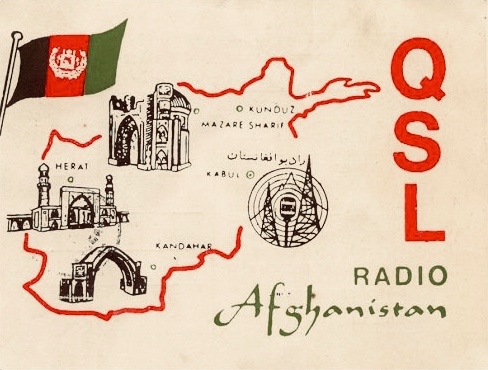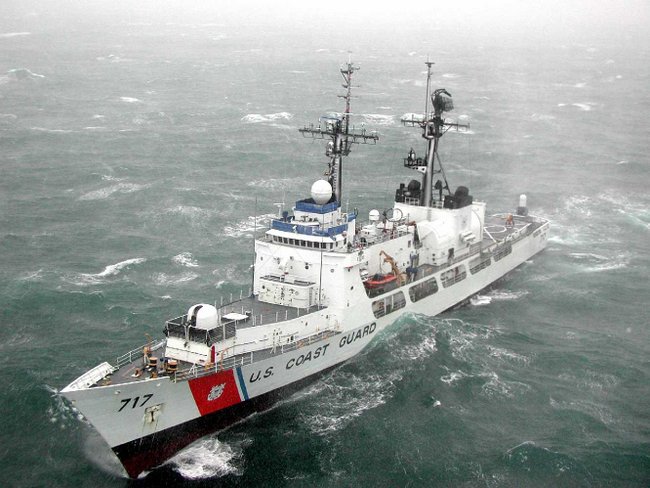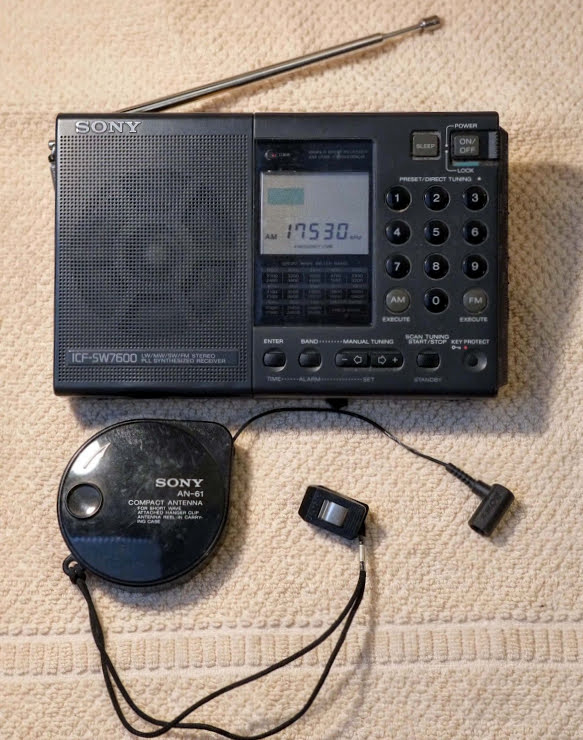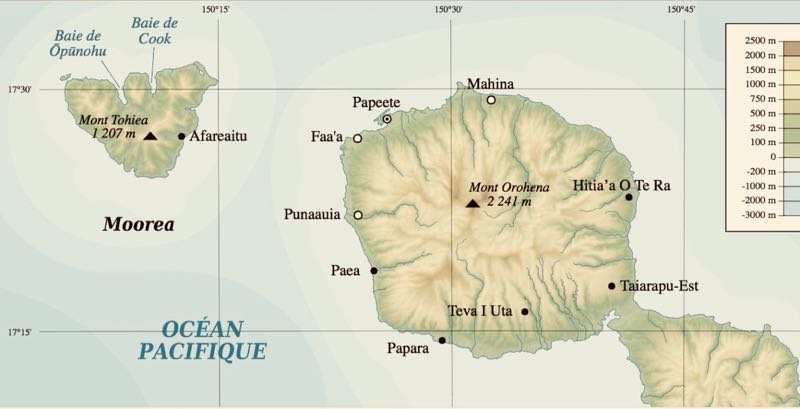Many thanks to SRAA contributor, Mark Pettifor, who writes:
One of the great things about DXing and SWLing is the variety of music one can hear. One of my favorite stations to listen to on shortwave for “exotic music” was Radio Tahiti, Papeete, French Polynesia, when they were still on shortwave.
If my memory serves me correctly, I believe something happened to the transmitter, and they never got back on SW. They were on mediumwave through December of 2016 (738 kHz); now they are on FM only. (Maybe us hobbyists should start a funding website to put them back on shortwave!)
Many a Saturday night I would turn on the DX-160 (my first SW rig) and let it warm up for a while, before tuning in 15170 to see how band conditions were. If the band was good, I’d get ready to record through the air. Once I started recording, I’d often leave the room and shut the door, because having three brothers around meant the possibilities were high for having “extraneous interference” on my recordings.
Saturday evenings were a good time to tune in, because of a music program that aired with a good selection of island music. The program had an announcer who spoke in the island vernacular (Tahitian?), and when that program ended they switched to French.
Here is a 30-min recording of Radio Tahiti on 15170 kHz from a while ago, most likely around one of the solar maxima of either 1980 or 1991. I’m leaning toward the 1980 cycle. My apologies for not being able to be more specific than that. I kept terrible records of my recordings. This would be recorded either with the DX-160 or a DX-302. Apologies too for the jump in volume at around the 2:37 mark.
So close your eyes, imagine you are lying in a hammock on a beach somewhere in the South Pacific, with a warm breeze off the ocean and your favorite cooled beverage nearby, listening to some of the best island music anywhere.






















